1Division of Cardiology, Chung-Ang University Gwangmyeong Hospital and Department of Internal Medicine, Chung-Ang University College of Medicine, Gwangmyeong, Korea.
2Department of Cardiology, Keimyung University Dongsan Hospital, Daegu, Korea.
3Department of Internal Medicine, Chung-Ang University Hospital, Chung-Ang University College of Medicine, Seoul, Korea.
4Department of Internal Medicine, Chonnam National University Hospital, Chonnam National University College of Medicine, Gwangju, Korea.
5Department of Internal Medicine, Seoul National University Hospital, Seoul National University College of Medicine, Seoul, Korea.
6Department of Internal Medicine, Chungbuk National University Hospital, Chungbuk National University College of Medicine, Cheongju, Korea.
7Department of Internal Medicine, Wonju Severance Christian Hospital, Yonsei University, Wonju College of Medicine, Wonju, Korea.
8Department of Internal Medicine, Inje University Busan Paik Hospital, Inje University College of Medicine, Busan, Korea.
9Department of Internal Medicine, Kyungpook National University Hospital, Kyungpook National University School of Medicine, Daegu, Korea.
10Department of Internal Medicine, Chungnam National University Hospital, Chungnam National University College of Medicine, Daejeon, Korea.
11Department of Internal Medicine, Korea University Anam Hospital, Korea University College of Medicine, Seoul, Korea.
12Department of Internal Medicine, Kyung Hee University Medical Center, Kyung Hee University College of Medicine, Seoul, Korea.
13Department of Internal Medicine, Gyeongsang National University Changwon Hospital, Gyeongsang National University School of Medicine, Changwon, Korea.
14Bucheon Sejong Hospital, Bucheon, Korea.
15Incheon Saint Mary's Hospital, Incheon, Korea.
16Department of Internal Medicine, Ulsan University Hospital, Ulsan University College of Medicine, Ulsan, Korea.
17Department of Internal Medicine, Yeungnam University Medical Center, Yeungnam University College of Medicine, Daegu, Korea.
18Department of Internal Medicine, Dong-A University Hospital, Dong-A University College of Medicine, Busan, Korea.
19Department of Cardiology, Inje University Haeundae Baek Hospital, Inje University College of Medicine, Busan, Korea.
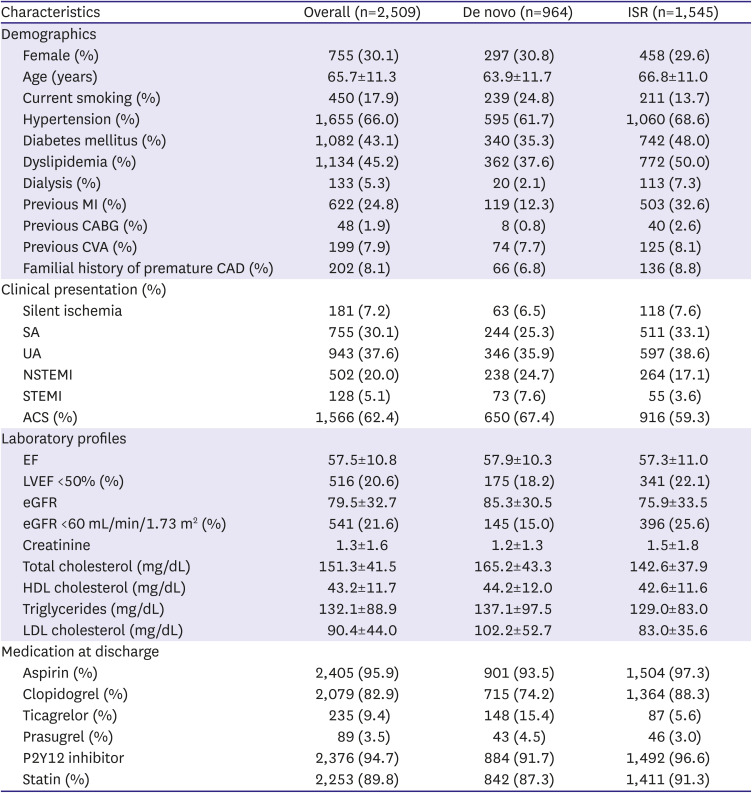
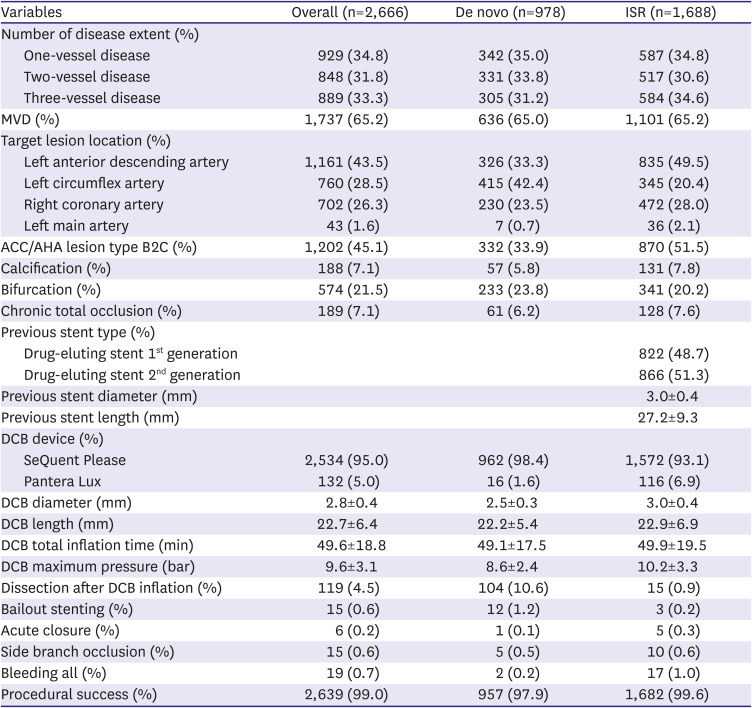

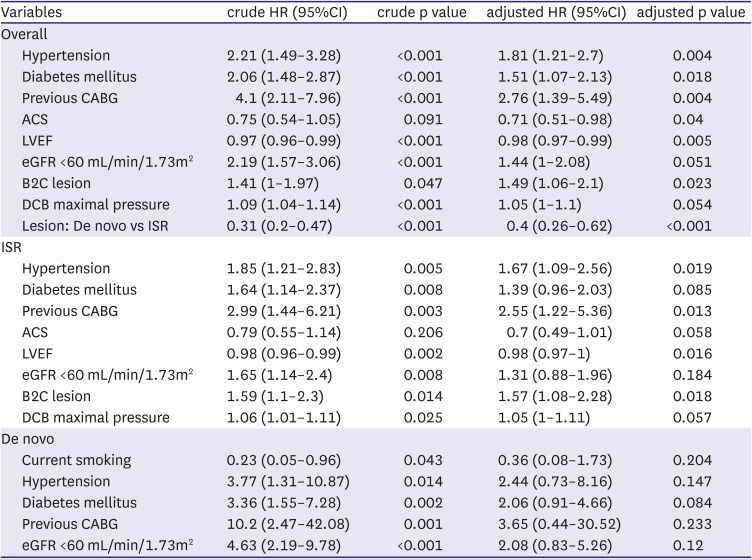




 PDF
PDF Citation
Citation Print
Print



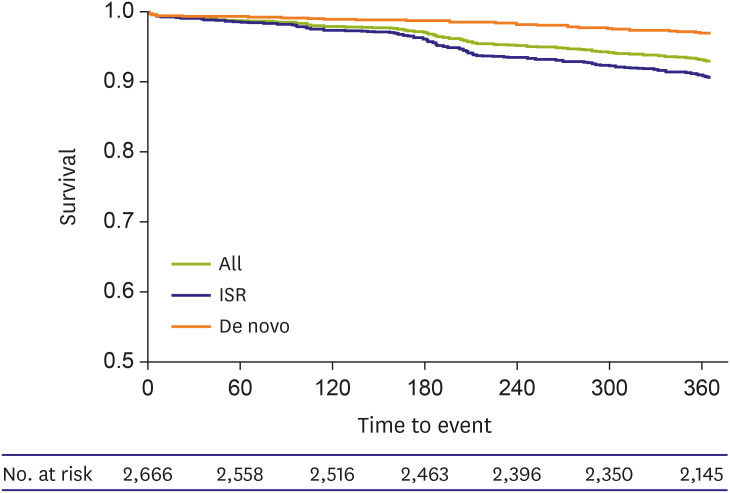
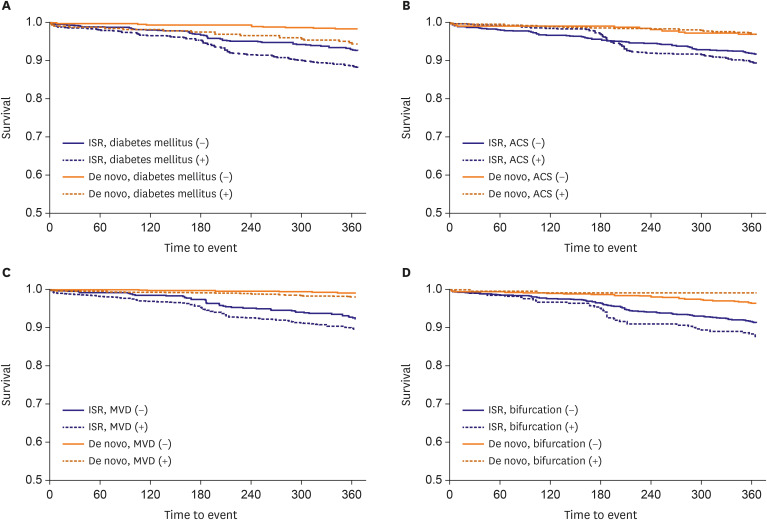
 XML Download
XML Download